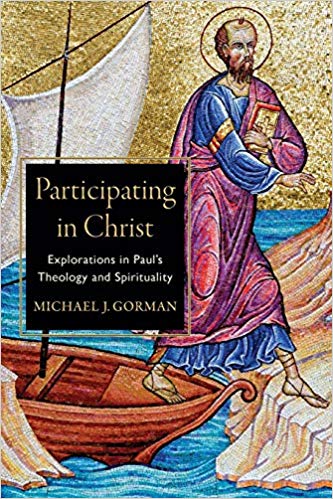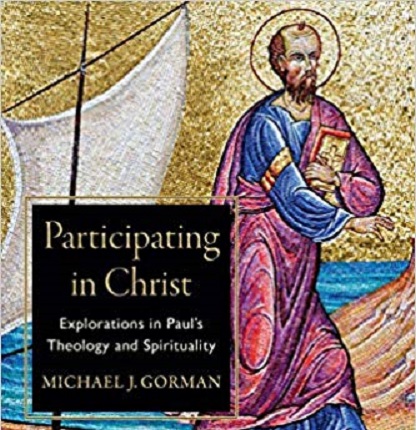Apocalypse — what comes to mind when we hear the word? The end of the world? The whole genre of post-apocalyptic movies, literature and games that encompass zombie outbreaks, post nuclear holocausts or the Blade Runner vision of a dystopian future?
Actually, the word apokalypsis literally means ‘un-covering’ or revelation; an exposing of reality that was previously hidden or unknown. The book of the Bible we know as Revelation is literally called Apokalypsis in Greek – not because it is about the end of the world (why Christians think of it that way instead of as New Creation is beyond me, but that’s a different conversation), but because in it we find a revealing of God’s message and purpose in history to a servant of Jesus named John.
That understanding of apocalypse as being an unveiling or revealing of truth is essential to understanding this chapter from Gorman entitled: “The Apocalyptic New Covenant and the Shape of Life in the Spirit according to Galatians.”
It’s worth noting that Gorman’s main audience is pastoral and academic, engaging conversations that have been going on for quite a while in trying to understand Paul’s theology and how that relates to life, to the Torah, to God’s covenants with Israel and what that has to do with a community in Christ that includes Jew and Gentile together.
One of the key takeaways for me is that when Paul is writing about Jesus, he is not just passing along a revelation he has been given (i.e. information about Jesus or even his personal story of encountering Jesus), but that his life itself has become a revealing of the presence and work of Jesus.
In other words, because as Paul says in Romans 6:8 “if we have died with Christ, we believe that we will also live with him,” this transforming work of God in us becomes a way God is revealing God’s self and God’s purpose in the world.
Participation in Christ then, is not just a personal mystic experience or a body of knowledge to be passed along, but a way in which our lives, being caught up in the life of God, makes God’s work visible in the world. Lest we get ahead of ourselves, it’s essential to remember that for Paul, it is Christ crucified in which the character of God is revealed. Which again brings us back to confront our temptations of a theology of glory vs. a theology of the cross.
This indwelling becomes the fulfillment of the promises made in Ezekiel and Jeremiah about receiving a new heart that enables us to live in right relationship with God. In Gorman’s words:
“This apocalyptically [The dramatic way in which God] revealed new covenant is, and must be, revealed for what it is by being made visible in human lives and communities that are being transformed by the Spirit to bear testimony to the paradoxical reality of nature of God’s apocalypse [revelation] and new creation in the crucified Messiah”
In other words – making God visible as we live a life not only patterned after Jesus, but lived in the power and presence of Jesus through the Holy Spirit within and among us.
To some, that’s a pretty obvious conclusion – yet it’s challenging precisely as we engage the scandal of a crucified Messiah as the one who sets the pattern for us.
One of the things I appreciate most about this approach is that it avoids the temptation to reduce faith to spirituality or knowledge or action, instead drawing all three elements together in a relationship lived in the presence and empowering of the God who is Father, Son and Holy Spirit and in community with others.
Note: Dr. Scot McKnight at the Blog: Jesus Creed is also moving through this book, and it seems that we’re moving through at about the same pace, as his article on this chapter went up earlier this week. His comments can be found here, and I’d highly encourage folks to give that a read as well.





